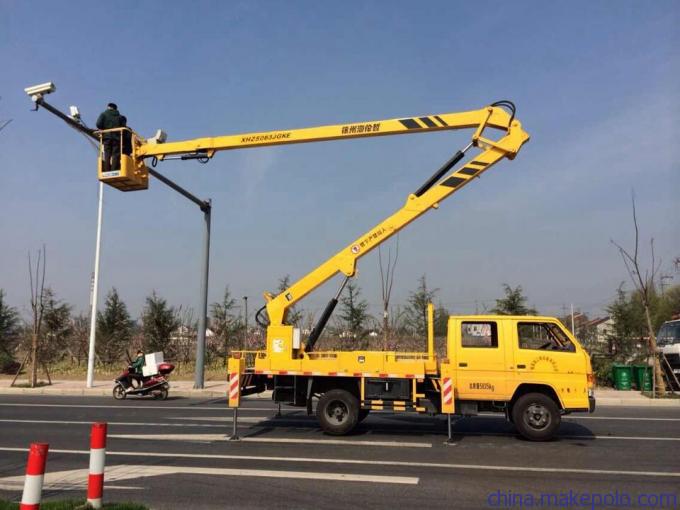stay Crane rental company It seems that it is hard and dangerous to operate the crane. The following are Huai'an crane rental Let's have a look at the collected safety measures that should be taken when operating crane equipment!
1. Personnel working at heights shall wear safety belts. The use and wearing of safety belts shall comply with the relevant provisions of the current * * standard Safety Belts (gb6095).
2. During the construction of buildings, dense safety nets shall be used to close the buildings (or edge protection measures shall be taken).
3. During construction, effective measures shall be taken to cover and fix various holes on the construction site and buildings.
4. Protective shed shall be set above the entrance and exit to centralize personnel activities.
5. The safety technical measures for work at heights shall be determined in the construction scheme, completed before construction, and confirmed to meet the requirements through completion acceptance.
6. Personnel working at heights shall be subject to regular physical examination as required.

7. Protective facilities must be provided for holes and work at heights above holes, including pile hole edges formed during construction, trench edges with a depth of 2m or more, and hole edges reserved for equipment and pipeline installation.
8. Small holes shall be tightly covered with solid cover plates to prevent displacement; For larger holes, in addition to being sealed tightly with safety net or cover plate, protective railings shall be set around the holes.
9. For the vertical holes on the shaft wall (such as elevator well heads and pipeline well heads), except for the protective railings or fixed gates at the well heads, a horizontal net shall be set every 10m in the shaft.
10. Ladders shall not be padded. The bottom of the ladder foot shall be solid and provided with anti-skid measures, the upper end shall be fixed, and the folding ladder shall be provided with reliable support measures.
11. When operators fail to get up and down from the designated channel, they shall not use construction equipment such as elevator racks to climb.
12. When working around the free height, stand firm (such as erecting scaffolding or working platform), and set up protective railings, safety nets, safety belts and other safety measures according to the operation conditions.
13. Scaffold shall be erected for rebar binding and skeleton installation. It is strictly prohibited to climb with construction equipment such as lift frame.
14. When pouring concrete, it shall be more than 2 meters above the ground, and an operating platform shall be built. It is not allowed to stand on the formwork or support rod for operation.
15. Cross construction shall not be carried out in the same vertical direction. The operating position of the lower layer shall be outside the possible descending radius of the upper layer height. If the requirements cannot be met, the safety protection layer shall be set.
16. Various demolition operations (such as steel formwork, scaffolding, etc.) shall not clean the lower part at the same time when the upper part is demolished; The temporary stacking of materials shall be no less than 1m from the edge.
17. Protective sheds shall be set at the entrances and exits of buildings, elevator loading ports and other centralized places. The length of the protective shed shall not be less than the falling radius of the object at the protective height
18. Personnel involved in lifting operations, including drivers, cranes, signal commanders and welders, must be specially trained and qualified special operators, and have passed the experience to prove that they can work at heights.
19. Before large hoisting operation, the site shall be surveyed in detail, and a special scheme shall be formulated according to the project characteristics and working environment, which shall be approved by the technical director of the enterprise. The contents include: site environment and measures, project overview and construction technology, selection basis of lifting machinery, design calculation of lifting mast, design and selection of ground anchor, design and selection of wire rope and rigging, ground durability and road requirements, stacking location map of components during lifting and various protective measures.

